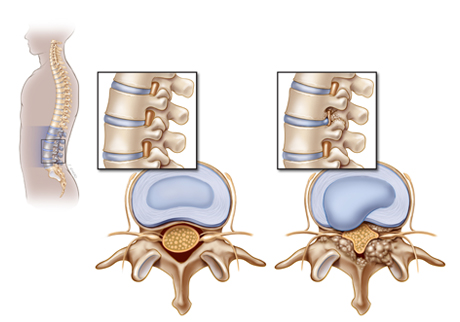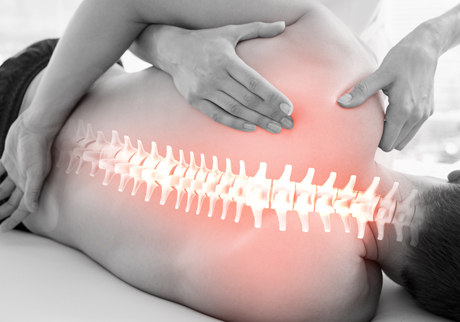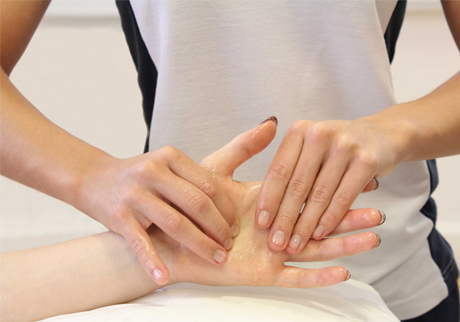
Finger Fracture
March 16, 2024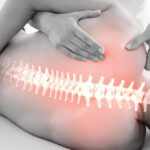
Back Pain
March 18, 2024Symptoms of Spinal Canal Stenosis
Causes of Spinal Canal Stenosis
The primary cause of spinal stenosis is aging, leading to the thickening and calcification of the ligaments supporting the spine. Additionally, bones may enlarge or develop protrusions (bone spurs), significantly elevating the risk of spinal stenosis. Other contributing factors to spinal stenosis include:
- Conditions such as osteoarthritis and rheumatoid arthritis affecting the bones
- Narrow spinal canal
- Scoliosis (sideways curvature of the spine)
- Spondylolisthesis (forward slipping of one vertebra over another)
- Spinal injuries causing dislocation
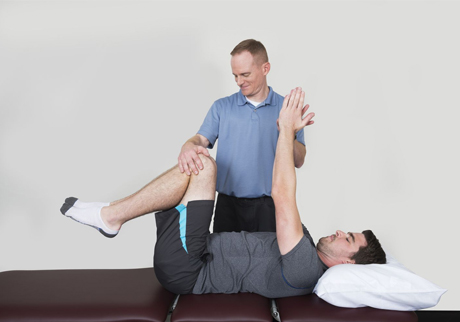
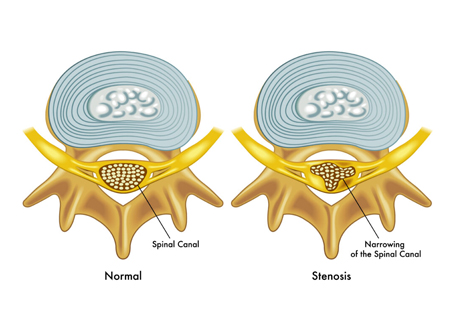
Treatment for Spinal Canal Stenosis
Surgical intervention is often recommended by surgeons for spinal canal stenosis. While these procedures can alleviate or manage symptoms, there exists a significant risk of pain recurrence. Research indicates that non-surgical treatments are effective in reducing pain and preserving mobility. Identifying the affected structures plays a crucial role in successful spinal canal stenosis treatment.
State-of-the-Art Diagnostic Tools
PhysioNeedle employs Digital Spine Analysis (DSA), an advanced European technology, to deliver precise functional diagnoses. Unlike MRI and X-ray tests which primarily detect bone and tissue damage, DSA quantifies muscle function and identifies weakened muscles. Spinal canal stenosis can affect the cervical (neck) or lumbar (low back) regions.
Surgical intervention is reserved for severe cases involving bone overgrowth or bone spurs. In such instances, a multidisciplinary team oversees the patient's progress to ensure a smooth recovery.
Personalized Treatment Plans
Each patient receives a tailored treatment protocol at PhysioNeedle, addressing individual needs. These protocols aim to minimize disability and pain, drawn from an algorithm based on over 47,000 past cases. This evidence-based approach enables specialists to recommend treatments with the highest success rates, ensuring that every patient with spinal canal stenosis receives the most suitable care.
Cutting-Edge Pain Management Technologies
While doctors often prescribe potent painkillers as initial treatment for spinal canal stenosis, these medications can lead to severe health issues and organ damage. PhysioNeedle utilizes Frequency Specific Microcurrent (FSM) technology from Germany to alleviate lower back pain. FSM employs a low-level electric current to facilitate repair and alleviate back pain. Heat and cold therapy, combined with medical movements like the McKenzie method and kinetic control movements, effectively relieve pressure on affected areas.
Untreated spinal canal stenosis pain can escalate and potentially cause permanent nerve damage. It is imperative to consult a spine specialist promptly for diagnosis and treatment.

